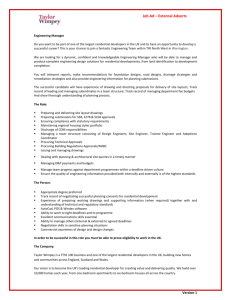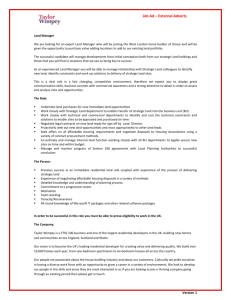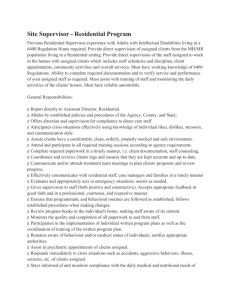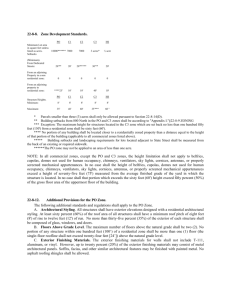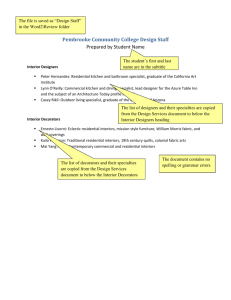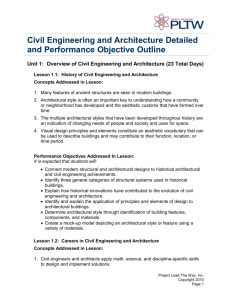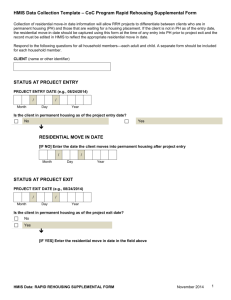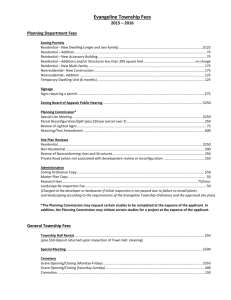Concepts 2.1 1. Many residential structures are constructed with
advertisement
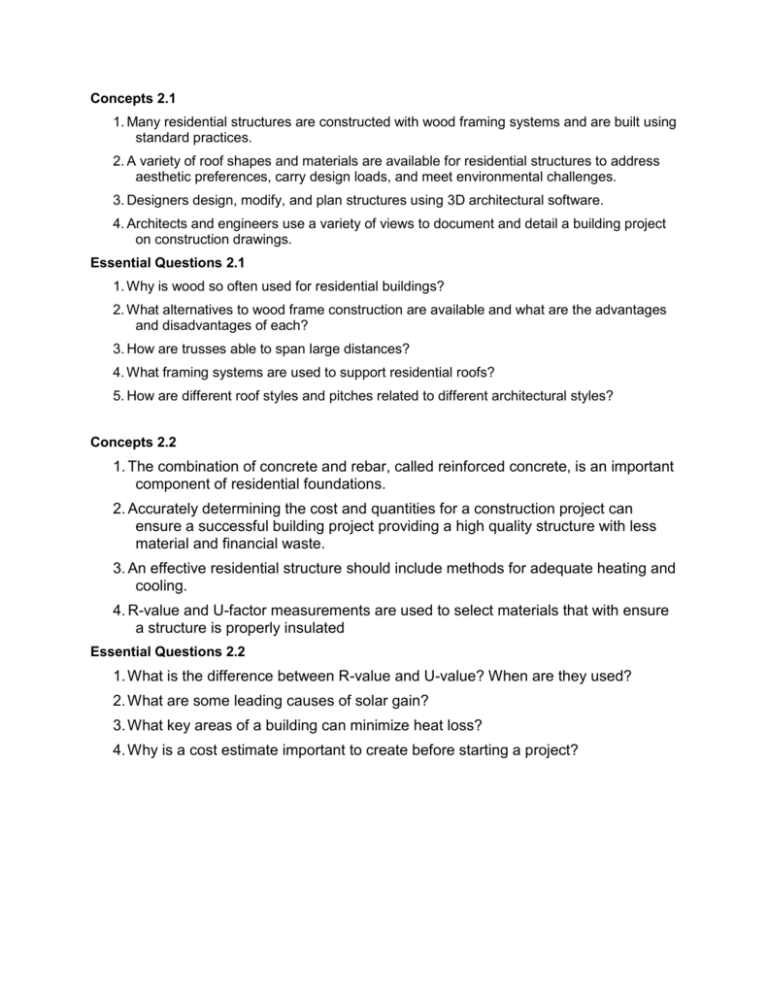
Concepts 2.1 1. Many residential structures are constructed with wood framing systems and are built using standard practices. 2. A variety of roof shapes and materials are available for residential structures to address aesthetic preferences, carry design loads, and meet environmental challenges. 3. Designers design, modify, and plan structures using 3D architectural software. 4. Architects and engineers use a variety of views to document and detail a building project on construction drawings. Essential Questions 2.1 1. Why is wood so often used for residential buildings? 2. What alternatives to wood frame construction are available and what are the advantages and disadvantages of each? 3. How are trusses able to span large distances? 4. What framing systems are used to support residential roofs? 5. How are different roof styles and pitches related to different architectural styles? Concepts 2.2 1. The combination of concrete and rebar, called reinforced concrete, is an important component of residential foundations. 2. Accurately determining the cost and quantities for a construction project can ensure a successful building project providing a high quality structure with less material and financial waste. 3. An effective residential structure should include methods for adequate heating and cooling. 4. R-value and U-factor measurements are used to select materials that with ensure a structure is properly insulated Essential Questions 2.2 1. What is the difference between R-value and U-value? When are they used? 2. What are some leading causes of solar gain? 3. What key areas of a building can minimize heat loss? 4. Why is a cost estimate important to create before starting a project? Concepts 2.3 1. Responsible designers maximize the potential of the property, minimize impact on the environment, and incorporate universal design concepts in order to create an attractive and functional space. 2. Responsible designers anticipate the needs and requirements of the users. 3. Codes are created to protect the health and safety of the public, dictate the minimum requirements that must be met in a building project, and constrain the location of structures, utilities, building construction, and landscape components placed on a site. 4. Appropriate flow rate, pressure, and water quality are necessary for effective water supply and use. 5. When utilities are not available within a reasonable distance to be economically brought on site, substitutions must be designed and constructed. 6. Utilities and systems must be properly sized to minimize cost and appropriately serve the project and the structure occupants. 7. The design of electrical and plumbing systems must be carefully integrated into the architectural and structural design of a building. 8. Careful landscape design that takes into consideration local environmental conditions can improve energy efficiency, reduce noise, reduce water usage, reduce storm water runoff, and improve the visual impact of a building project. 9. Storm water runoff from a site often increases when the site is developed and is frequently regulated by local jurisdictions. 10. Universal Design involves the design of products and environments to be usable by all people and includes barrier free accessibility to projects that may be required by federal regulations. 11. Green or sustainable design reduces the negative impact of a project on the environment and human health and improves the performance of the project during its life-cycle. Essential Questions 2.3 1. How do you achieve a balance between cost-saving measures, important features, and environmental responsibility when designing a residential structure? 2. What are the advantages and disadvantages of using 3D architectural software rather than creating hand-produced plans? 3. Why are organizations such as LEED important? 4. When planning a project, how does the availability of public utilities impact the design? 5. What options are available for the management of wastewater from a building? 6. What are the important considerations when design a plumbing system? 7. Why should a designer know about the different types of lighting and their applications? 8. What are the important considerations when designing an electrical system? 9. What information is important when documenting the design of a building?



